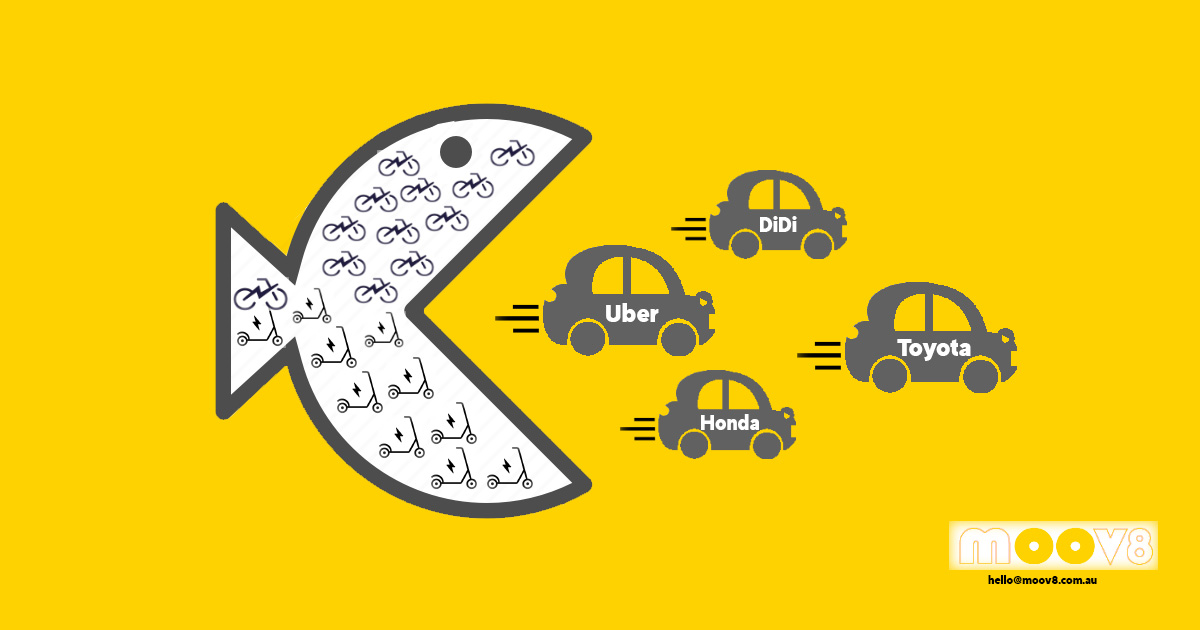Micromobility disrupting car trips
At the outset, we must acknowledge the positive contribution a car has made to our lives over the decades. The car was one of the major reasons for the fastest growth of civilization. However, if we look back in history, the car was primarily invented to connect cities and places quickly and safely which were far away. But gradually, we got obsessed and got used to cars so much that we are using cars for everything, distance does not matter whether its 1 km or 1000 km.
Why not? It’s convenient and easier to burn car fuel than burning our own energy. In hindsight, our obsession with the car is posing the biggest transportation challenges related to traffic congestion, parking issues, local air quality, climate change, obesity, physical inactivity, economic burdens and many other problems. Well, the question is, do we have an alternative to cars without compromising on the comfort, freedom, speed and the flexibility a car provides? Maybe not 100% for all cases, however, the car usage can certainly be reduced in some areas; especially, the short-distance car travels involving 10km or less.
Until late 2018, there was no clear product which could solve this huge latent demand. Latent demand is basically the desire for a product that a user is unable to satisfy due to lack of product availability or he doesn’t realise what is missing until pointed out.
However, when electric micro-mobility vehicles combined with IoT and mobile technology hit the market, it was the perfect solution for short-distance travel or last-mile connectivity. Such vehicles have all the necessary ingredients to be the best choice for short-distance travel over cars. It is convenient, does not require special skills to start riding, emission-free, no traffic/parking issues and it burns the vehicle’s electric energy rather rider’s energy.
That’s the reason, startups addressing short-distance transport solutions have taken the mobility space by storm in the recent few months, most notably with the rise of electric bikes and scooters. Unfortunately, the business model of most of these startups can only work in the urban/CBD area and do not offer a viable solution for suburban areas where the majority of the population lives. The real disruption will get triggered when the micro-mobility solution is offered to the suburban area as mobility as a service (#MaaS) and integration with the public transport network.
To make this very relevant topic more interesting, we will share interesting facts/information about micro-mobility, travel, traffic, and related topics through a series of posts.
#joinmoov8 fact 1: Australians are commuting on an average 48 minutes per day. Top three cities with the highest commuting time are Sydney with an average of 71 minutes; Brisbane with 67 minutes and Melbourne with 65 minutes. We spend an average of 4.5 hours a week getting to and from work, a rise of 23% since 2002 (HILDA, Survey) – thanks to rising traffic and congestion.

